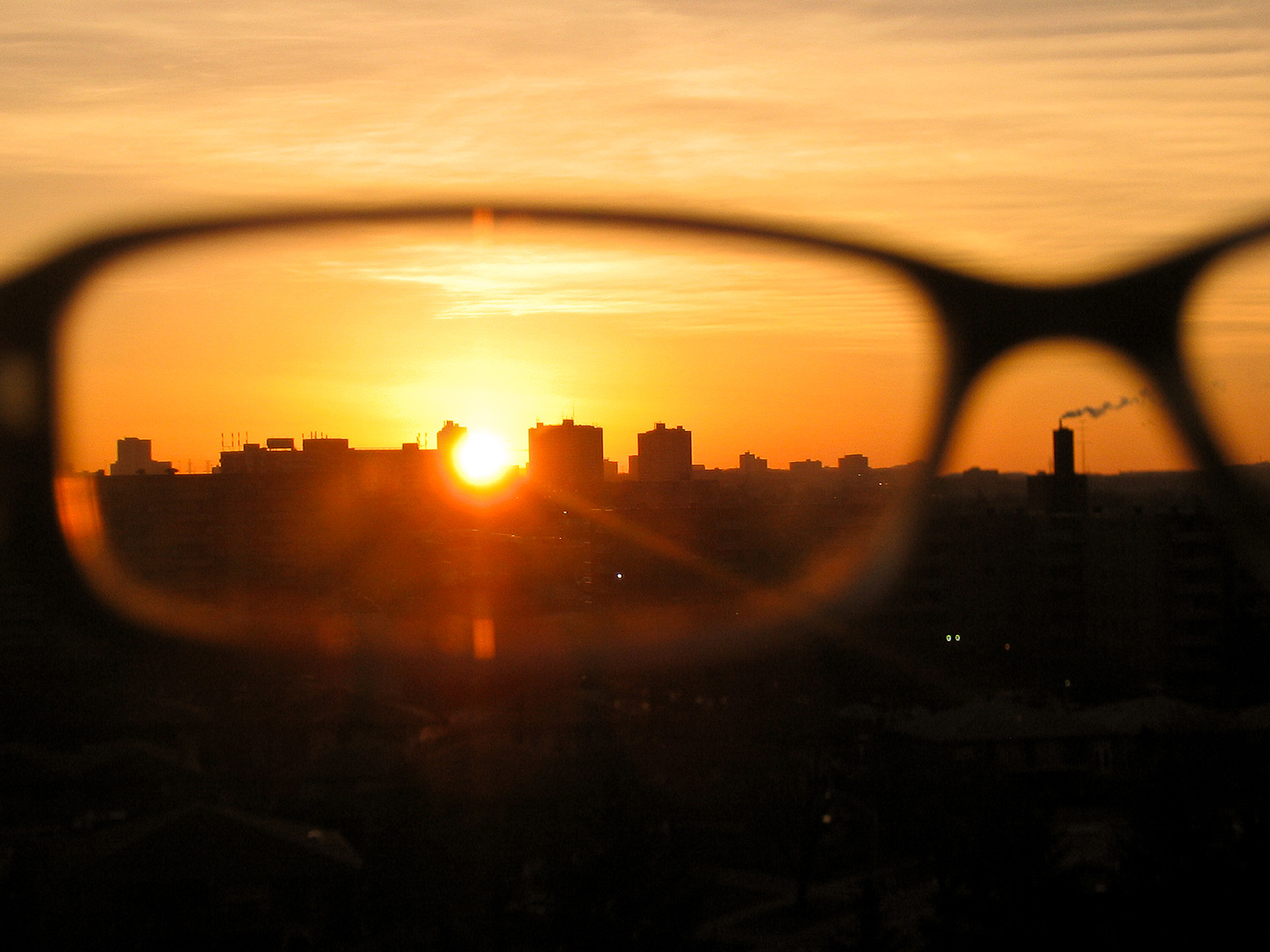A Myopic Perspective of the Sunrise
 |
An individual, who experiences myopia, can easily enjoy the magnificent hues of a sunrise, with the use of diverging lens. During a sunrise, the light rays of the sun have to travel a longer distance, through the airborne particles in Earth's atmosphere, to reach the naked eye. The Earth's atmosphere acts as prism, dispersing the shorter wavelengths of the visible spectrum. The shorter violet and blue wavelengths, progressively scatter away from the field of vision of ht naked eye. This leaves the sky to be illuminated by the longer wavelengths, displaying orange and red hues. However, with an individual who is myopic, the light does not directly hit the retina. The light focuses on a point in front of the retina, due to a horizontally elongated eyeball, resulting in the distant image to be out of focus. This can be corrected with the use of diverging lens, which deviates the light rays before it reaches the eye. The light rays will then be refracted by the cornea and lens, producing a focused image on the retina . Diverging lens turns what was once an indistinct view of the sunrise, into a crystal clear view, for a myopic individual.
Shalini Iyer
Emery Collegiate Institute, North York, ON
First Prize ( 2014 High School Class Project Category )
Questions or comments regarding these pages may be sent to
cap@uottawa.ca